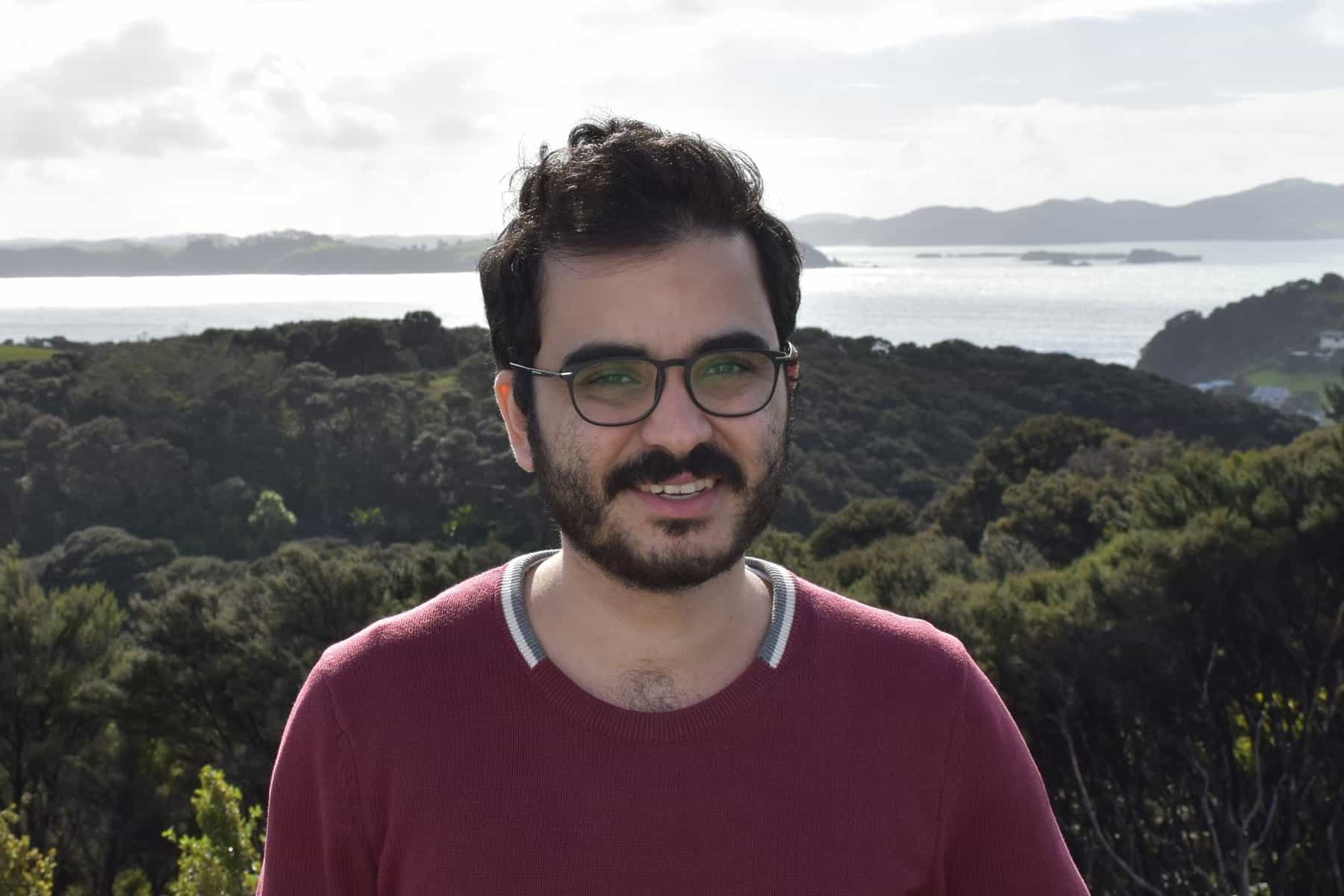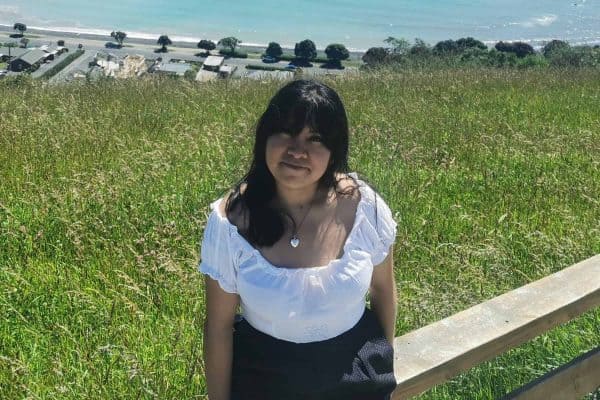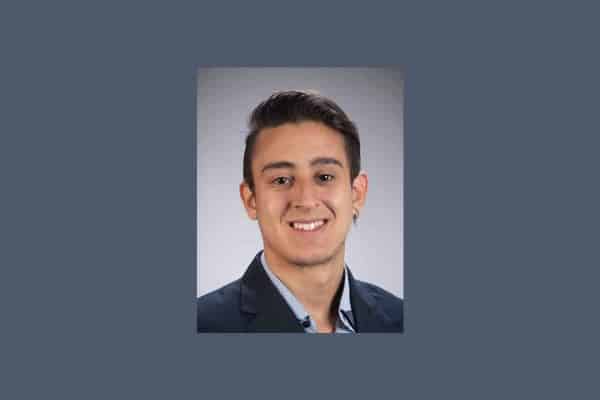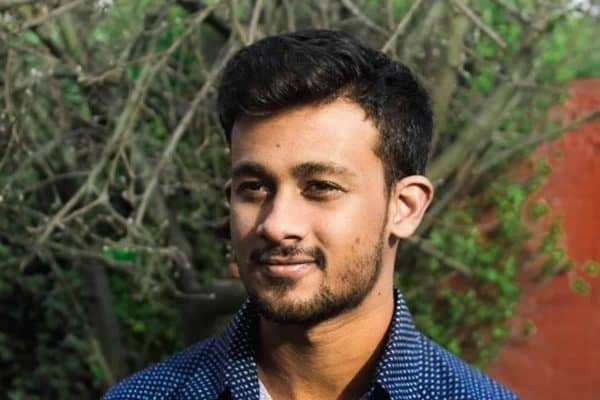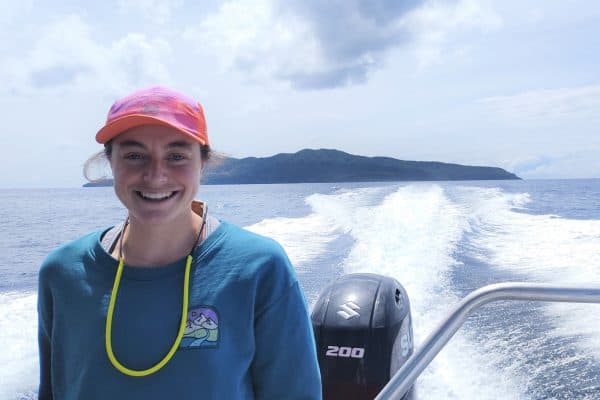Regional Seismic Risk Analysis of Wellington Building Inventory
I don’t remember how I decided to become a civil engineer, but I cannot love anything more than civil engineering to dig into right now. Dealing with the most challenging problems to have better places for living enthused me to pursue earthquake engineering for post-graduate studies. I always wished to have some impact on having safer places to live and saving more lives in catastrophic hazards. I did both my BSc and MSc in Civil and Earthquake Engineering at Sharif University of Technology in Iran, and find myself here, in Aotearoa New Zealand, to do a PhD in this field.
Over the course of my PhD, I have been eager to embrace new challenges and learn as many ways as possible to tackle them. Therefore, I started digging into data science and gained much inter-disciplinary knowledge. I would never be satisfied if I solve the same problem twice in the same way and am really grateful to have the chance to avoid it in my PhD.
My Project
Following my paramount aspiration to mitigate the impacts of earthquakes on people, infrastructure, and our world, I started my PhD on seismic risk analysis of buildings in Wellington, New Zealand. The project started from a robust building inventory of Wellington CBD which was gathered by QuakeCoRE after the Kaikoura earthquake in 2016. Max Stephens and Ken Elwood, my PhD supervisors, had a great contribution in this regard and the basis of my research was absolutely facilitated by them.
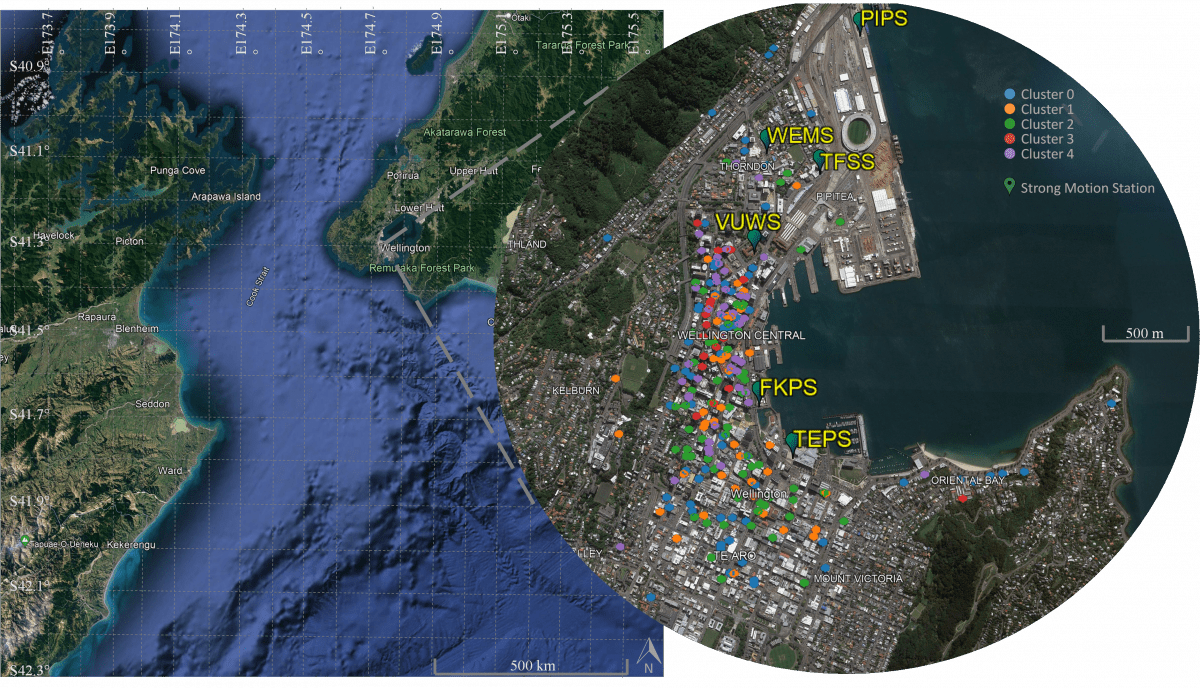
The notion of unsupervised machine learning was adopted to cluster the buildings in the inventory into groups of similar buildings for further seismic risk analyses. This part of my PhD turned into developing a novel methodology for clustering buildings. The outcome of clustering was a few representative buildings for more detailed structural numerical models, which was finally done after a long tough period, just a month ago. Now, we have predicted the seismic responses of all buildings in the inventory for the Kaikoura earthquake which was one of the most important objectives of my research.
Next Steps
Since my PhD research is defined under the “Vertical Infrastructure” theme of The Resilience Challenge’s Built Environment programme, it is a part of the their utmost vision to use robust building techniques to minimise the damage and disruption caused by future earthquakes in Aotearoa New Zealand. Hence, in the last step of my research, I will create a numerical structural model for ALL buildings in the inventory using the structural models developed for the representative buildings. This, in turn, will help us to provide more accurate insight into the seismic vulnerability of buildings in Wellington. The outputs of my research will facilitate the development of high-level retrofit strategies to reduce financial risk and disruption of buildings, which can be integrated into a Wellington-impacting event scenario, such as a rupture along the Hikurangi subduction zone.
